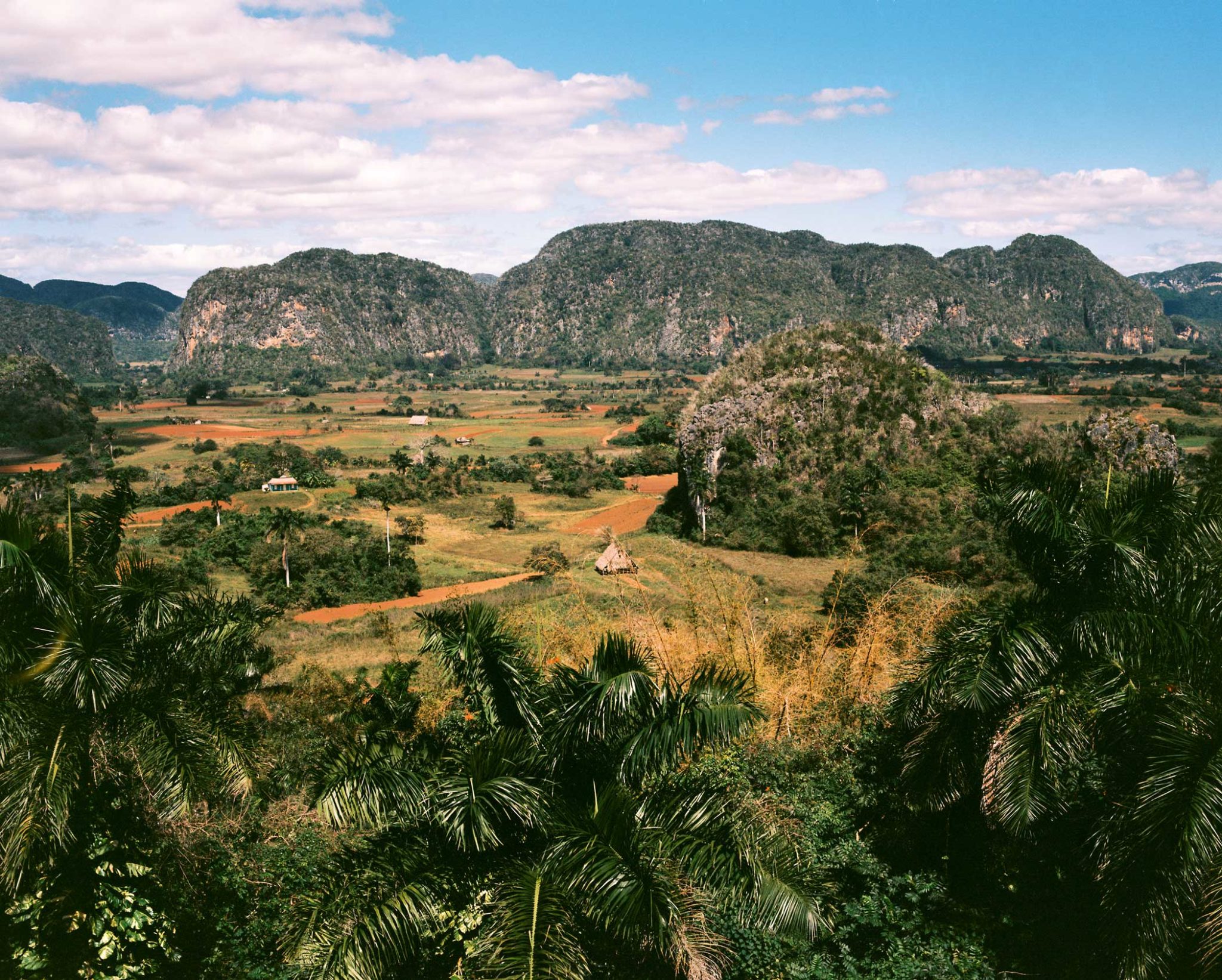Text and images by Jonathan Canlas
Cuba is a mecca for anyone with an affinity for classic cars. In 1959, Fidel Castro imposed sanctions on U.S. imports, and the United States followed suit, placing an embargo on Cuban imports and exports, and severing ties with the
country in 1961. For the next five decades, Cuba remained a country cut off from most modern day technology. Here, there is rarely a place where Internet is available (if you do find it, expect dial-up speed) and most people carry around old Nokia phones or flip phones.
In 2015, diplomatic relations were restored between Cuba and the United States, culminating in a momentous visit by President Obama—the first American president to visit the country since Calvin Coolidge in 1928—in March 2016.
Though travel to Cuba is still technically restricted, it was loosened to allow for 12 categories that range from journalism to education, which are broad enough that most Americans can qualify to visit.
I traveled to Cuba in February 2016, before commercial passenger airlines began flying there direct, and brought a vintage Rolleiflex from 1964. Though many problems persist (the average monthly salary is about $20 a month), I saw a city full of life. One of the amazing rewards of visiting a country stuck in the past is that parks and alleyways are buoyant with shouts from kids playing outside, and the streets are full of classic cars dating back to before the embargo. While this old way of living may largely disappear now that the country is more open to tourism, certain things won’t. When I ask some locals if they hoped to get new cars, almost all said no; they’d stick with the cars that have been in their families for more than 50 years.










This story is part of our The Good Life Issue.

